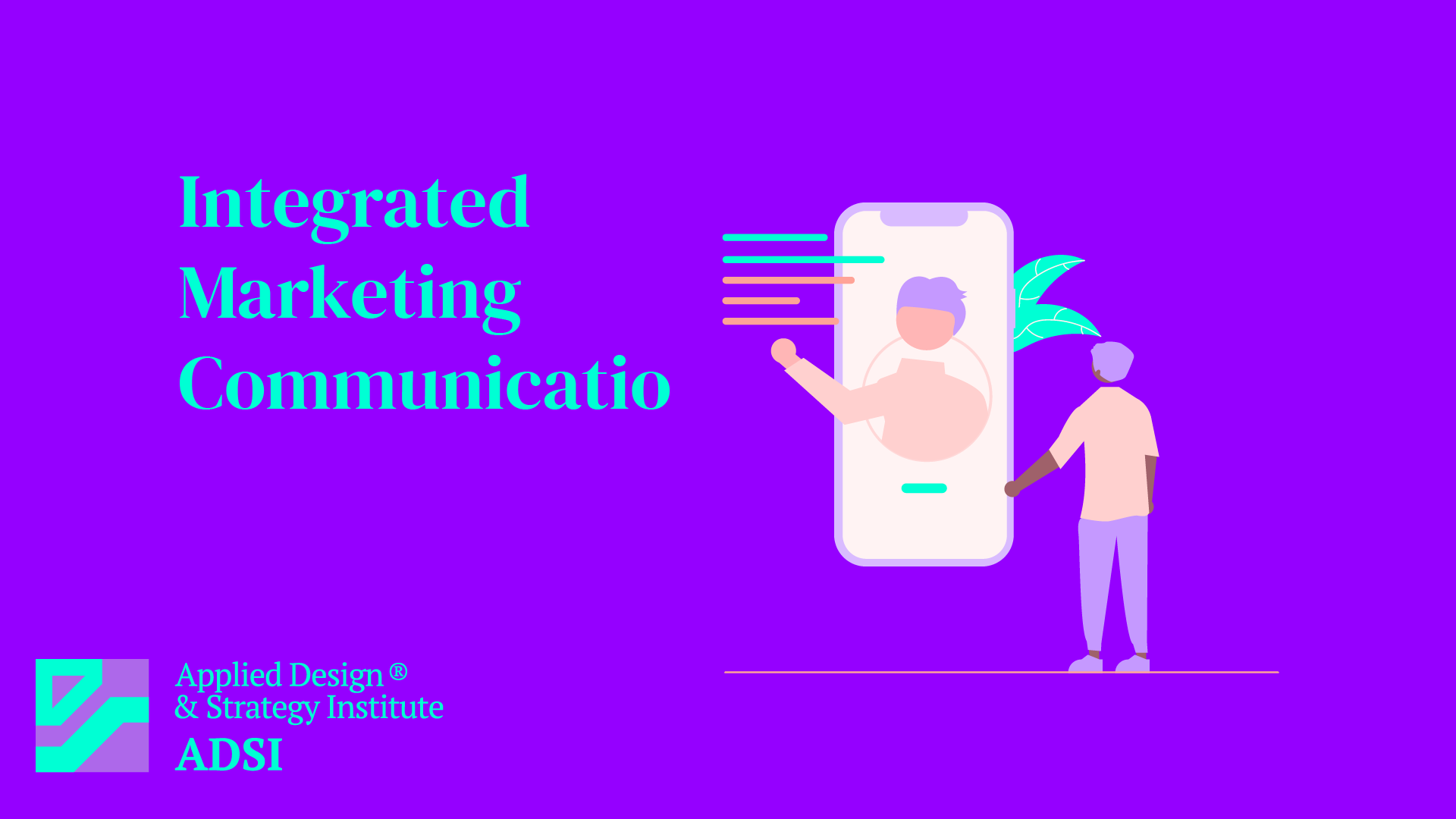Integrated Marketing Communication (IMC)
Introduction to Integrated Marketing Communication
Integrated Marketing Communication (IMC) is a strategic approach to marketing that aligns and integrates various communication tools, channels, and resources within a company to provide clarity, consistency, and maximum communication impact. The core idea is to ensure that all forms of communications and messages are carefully linked together.
Key Components of IMC
- Advertising: Includes traditional media (TV, radio, print) and digital media (social media, online ads).
- Sales Promotion: Short-term strategies to boost sales (discounts, offers).
- Public Relations: Managing the spread of information between an organization and its public.
- Direct Marketing: Communicating directly with target customers to generate a response or transaction.
- Personal Selling: Direct interactions between sales representatives and customers.
- Online and Digital Marketing: Utilizing digital channels and tools for marketing communication.
Benefits of Integrated Marketing Communication
- Consistent Brand Messaging: Ensures that all marketing efforts convey a consistent message, reinforcing the brand identity.
- Improved Customer Experience: Provides a seamless customer experience across all touchpoints.
- Increased Efficiency: Streamlines marketing efforts, reducing duplication and maximizing resource utilization.
- Enhanced Effectiveness: Synergistic use of multiple channels enhances the overall effectiveness of marketing campaigns.
Challenges in Implementing IMC
- Coordination Across Channels: Requires close coordination among different departments and channels.
- Consistency in Messaging: Maintaining consistent messaging across diverse platforms and media can be challenging.
- Resource Allocation: Balancing and allocating resources effectively across various communication tools.
Strategies for Successful IMC
- Unified Strategy Development: Creating a cohesive strategy that integrates all marketing activities.
- Customer-Centric Approach: Focusing on how the customer interacts with and perceives the brand across various channels.
- Cross-Functional Collaboration: Encouraging collaboration across different departments and areas of expertise.
- Continuous Monitoring and Adaptation: Regularly reviewing and adapting strategies based on feedback and changing market conditions.
Conclusion
Integrated Marketing Communication represents a holistic approach to marketing that emphasizes the importance of a consistent and coordinated message across all channels. By effectively integrating different forms of communication, organizations can enhance their brand presence, improve customer experiences, and achieve greater marketing success.



Leave a Reply